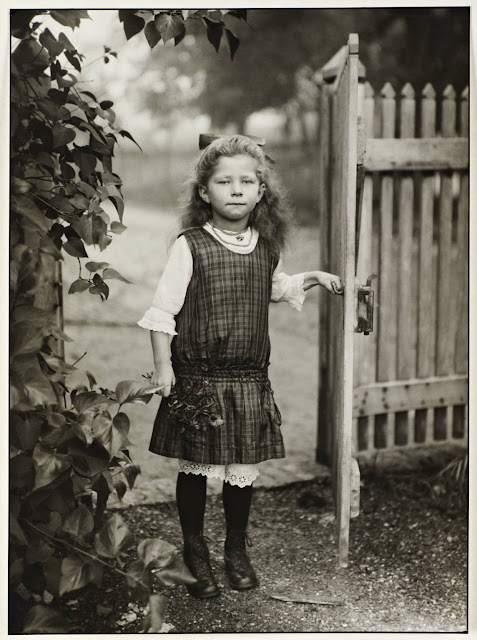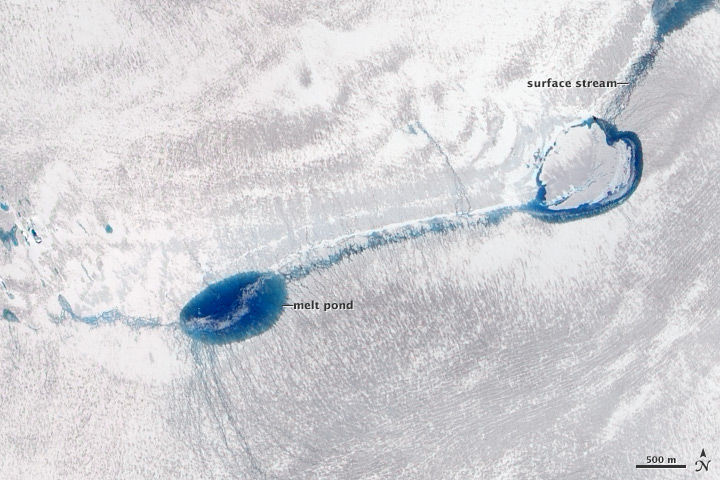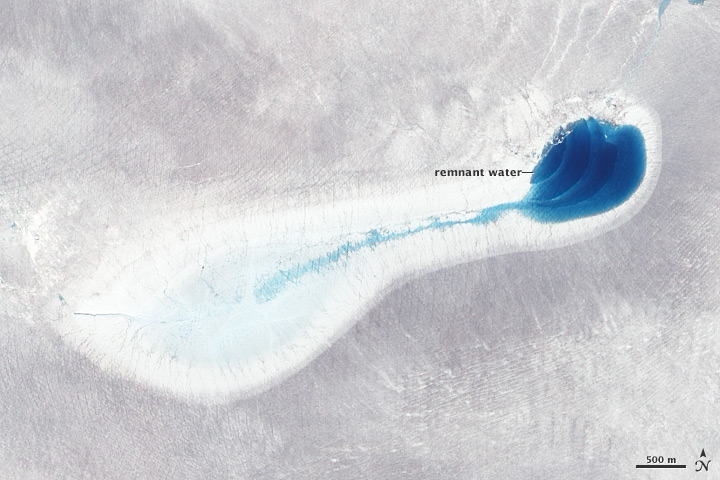August Sander - German, 1910 - Gelatin silver print - 8 7/8 x 10 7/8 in. Railway officers
August Sander - German, 1910 - Gelatin silver print - 11 7/16 x 9 in. - Farmer, Westerwald
August Sander - German, negative 1910-1914, print about 1930 - Gelatin silver print 6 3/4 x 4 5/8 in. - Peasant Woman
August Sander - German, negative 1912, print 1920s - Gelatin silver prints - 6 5/8 x 6 15/16 in. . Dwarfs
August Sander - German, negative about 1902-3, print 1950s - Gelatin silver print - 8 7/16 x 10 5/8 in - The Sander Family
August Sander, Aviator 1920
August Sander, Blacksmiths 1926
August Sander, Bohemians [Willi Bongard, Gottfried Brockmann] 1922/5
August Sander, Brother and Sister c. 1922, printed 1990
August Sander, Circus People 1926-32
August Sander, Circus Workers 1926-32
August Sander, Composer [Hermann Hans Wetzler] 1920-5
August Sander, Cretin c. 1924
August Sander, Farmer's Child 1919
August Sander, Fraternity Students 1921
August Sander, Gentleman Farmer and Wife 1924
Quizás, de la noche a la mañana, crezca la insospechada actualidad de obras como la de Sander. Desplazamientos del poder, tan inminentes entre nosotros, suelen hacer una necesidad vital de la educación, del afinamiento de las percepciones fisionómicas. Ya vengamos de la derecha o de la izquierda, tendremos que habituarnos a ser considerados en cuanto a nuestra procedencia. También nosotros tendremos que mirar a los demás. La obra de Sander es más que un libro de fotografías: es un atlas que ejercita.
—Walter Benjamin; Breve historia de la fotografía. Archivos de la fotografía, ISSN 1138-0470, Vol. 3, Nº. 2, 1997, pags. 45-70'1
August Sander, Gewandhaus Quartet 1921
August Sander, Girl in a Fairground Caravan 1926-32August Sander, Girl in a Fairground Caravan 1926-32
August Sander, Grammar School Boy 1926
August Sander, Havemann String Quartet c. 1923
August Sander, Industrialist c. 1924
August Sander, Magnetopath 1924
August Sander, Master Mason 1926
August Sander, Mother and Daughter (Helene Abelen with Daughter Josepha) c. 1926, printed 1990
Photos - Fotos: August Sander - Part 1 - 24 photos - Bio data
August Sander (17 November 1876 – 20 April 1964) was a German portrait and documentary photographer. Sander's first book Face of our Time (German: Antlitz der Zeit) was published in 1929. Sander has been described as "the most important German portrait photographer of the early twentieth century."[1]
Life
Sander was born in Herdorf, the son of a carpenter working in the mining industry. While working at a local mine, Sander first learned about photography by assisting a photographer who was working for a mining company. With financial support from his uncle, he bought photographic equipment and set up his own darkroom.
He spent his military service (1897–99) as a photographer's assistant and the next years wandering across Germany. In 1901, he started working for a photo studio in Linz, Austria, eventually becoming a partner (1902), and then its sole proprietor (1904). He left Linz at the end of 1909 and set up a new studio in Cologne.
In 1911, Sander began with the first series of portraits for his work People of the 20th Century. In the early 1920s, he came in contact with the Group of Progressive Artists (Kölner Progressive) in Cologne, a group as Wieland Schmied put it, "sought to combine constructivism and objectivity, geometry and object, the general and the particular, avant-garde conviction and political engagement, and which perhaps approximated most to the forward looking of New Objectivity [...] ".[2] In 1927, Sander and writer Ludwig Mathar travelled through Sardinia for three months, where he took around 500 photographs. However, a planned book detailing his travels was not completed.
Sander's Face of our Time was published in 1929. It contains a selection of 60 portraits from his series People of the 20th Century. Under the Nazi regime, his work and personal life were greatly constrained. His son Erich, who was a member of the left wing Socialist Workers' Party (SAP), was arrested in 1934 and sentenced to 10 years in prison, where he died in 1944, shortly before the end of his sentence. Sander's book Face of our Time was seized in 1936 and the photographic plates destroyed. Around 1942, during World War II, he left Cologne and moved to a rural area, allowing him to save most of his negatives. His studio was destroyed in a 1944 bombing raid. Sander died in Cologne in 1964.
Legacy
His work includes landscape, nature, architecture, and street photography, but he is best known for his portraits, as exemplified by his series People of the 20th Century. In this series, he aims to show a cross-section of society during the Weimar Republic. The series is divided into seven sections: The Farmer, The Skilled Tradesman, Woman, Classes and Professions, The Artists, The City, and The Last People (homeless persons, veterans, etc.). By 1945, Sander's archive included over 40,000 images.
In 2002, the August Sander Archive and scholar Susanne Lange published a seven-volume collection comprising some 650 of Sander's photographs, August Sander: People of the 20th Century. In 2008, the Mercury crater Sander was named after him.[3]
August Sander (Herdorf, en el distrito de Altenkirchen en Renania-Palatinado, Alemania, 17 de noviembre de 1876 – Colonia, 20 de abril de 1964) fue un fotógrafo alemán
Biografía
Hijo de un carpintero que trabajaba en una mina. Mientras trabajaba en una mina, Sander aprendió los primeros rudimentos de la fotografía, ayudando a un fotógrafo que trabajaba para la empresa minera. Con el apoyo económico de su tío, compró un equipo fotográfico y construyó un cuarto oscuro. Realizó el servicio militar entre 1897 y 1899 como asistente del fotógrafo, y los años siguientes viajó a través de la Alemania
En 1901 comenzó a trabajar para un estudio fotográfico en Linz, convirtiéndose en el primer socio en 1902 y, a continuación, único propietario. En 1909 se marcho y abrió un nuevo estudio en Colonia.
En los primeros años 20, Sander se sumó al Grupo de artistas progresistas en Colonia, y comenzó un catalogo de la sociedad contemporánea alemana, a través de una serie de retratos. En 1927, junto con el escritor Ludwing Matha, viajo a Cerdeña durante tres meses, haciendo alrededor de 500 fotografías, Sin embargo, su detallado diario de estos viajes nunca se completó.
El primer libro de Sander Face of our Time fue publicado en 1929. Contiene una selección de 60 retratos de la serie Retratos del siglo XX
Con la llegada de los nazis al poder, su trabajo y su vida personal se vieron gravemente limitados. Su hijo, Erich miembro del partido izquierdista (Sozialistische Arbeiterpartei Deutschlands), fue detenido en 1934, y condenado a 10 años de cárcel, falleciendo en 1944,2 poco antes de la finalización de su condena y del final de la guerra.
Su libro Face of our Time fue incautado en 1936 por los nazis, y las placas fueron destruidas. Durante la década siguiente sus trabajos fueron dirigidos principalmente a fotografiar la naturaleza y el paisaje. Cuando estallo la Segunda Guerra Mundial se fue de Colonia, trasladándose a una zona rural. Su estudio fue destruido en 1944 durante un bombardeo.
El trabajo de Sander incluyen fotografías de paisajes, naturaleza, arquitectura, y fotografías de la calle, pero es especialmente famoso por sus retratos, como lo demuestra la serie Hombres del siglo XX. En esta serie trata de ofrecer un catálogo de la sociedad alemana durante la República de Weimar. La serie se divide en siete secciones: Campesinos, comerciantes, mujeres, clases y profesiones, artistas, la ciudad y el pasado, (los sin hogar, veteranos de guerra..).
En el año 1961 recibió el premio de cultura de la asociación alemana de fotografía


























+c.+1926,+printed+1990.jpg)























